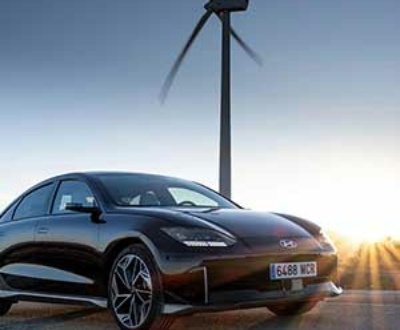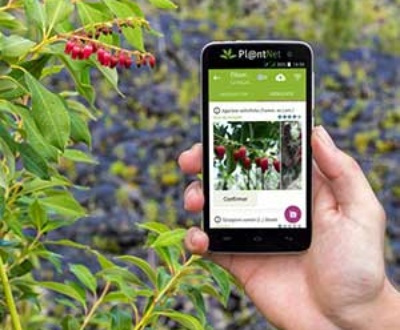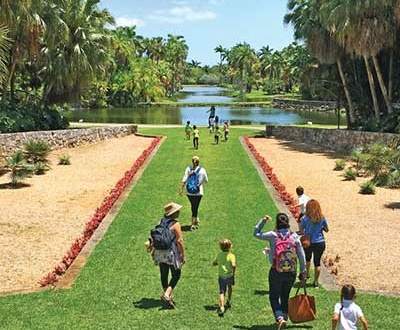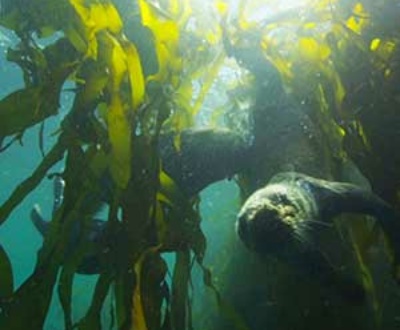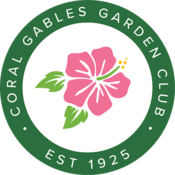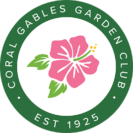Last month we started talking about why we really need to be thinking about ecology and the environment. We discussed some things you can start doing in your own yard that are “planet friendly”. Because as the May ’19 UN report on biodiversity and the ecosystem pointed out current practices have “up to 1 million plant and animal species on the verge of extinction—with devastating implications for human survival”!
We also talked about some neat programs like the National Wildlife Federation’s Million Pollinator Garden Challenge and the Florida Yards program because it turns out that our efforts in our individual yards can make a difference!!
I’ve lived in my house for 26 years. I only use Black Kow composted cow manure or Fish emulsion for fertilizer. And I use it only occasionally.
So what are the “best practices” for managing your landscape and garden? What can we do that is “planet friendly”? Well, the University of Florida’s Extension Service has a website called Florida Friendly Landscaping that lists 9 principles to create a Florida Friendly yard.
A lot of what they talk about is common sense if you think about it. For example…..
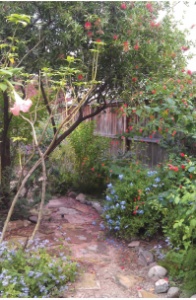 #1. Right Plant, Right Place: That makes sense even if we don’t always think about it. Obviously, if you select a plant that matches the location’s soil, light, water and climate conditions it takes a lot less fuss to keep that plant healthy, i.e., water, fertilizer, pesticides.
#1. Right Plant, Right Place: That makes sense even if we don’t always think about it. Obviously, if you select a plant that matches the location’s soil, light, water and climate conditions it takes a lot less fuss to keep that plant healthy, i.e., water, fertilizer, pesticides.
#2. Water: Efficiently choosing the right plant for the right place goes a long way towards conserving water. So does grouping plants with similar water needs together. If you water early in the morning less water evaporates. Using a drip watering system where possible is efficient and saves water. If you mulch your plants they will need less water.
#3. Fertilize Appropriately: THIS IS A BIGGY folks!!! We all know now in Florida what a mess fertilizer run off can cause. That algae bloom that invades Stuart and now even the West coast and some beaches in Miami Dade is caused by fertilizer run off.
Since a chemist in 1908 discovered a way to make the nitrogen in the air into chemical fertilizer, humans have nearly doubled the Earth’s natural flow of fixed nitrogen, overwhelming the capacity of ecosystems to remove it. The resulting build-up is poisoning the planets waterways.
It turns out that less than half the nitrogen fertilizer farmers spread on their fields makes it into food. The excess washes out of fields with other fertilizers and winds up in rivers lakes and bays where it catalyzes algal blooms. We’ve all seen by now the disgusting slime that this has created.
On top of that the bacteria that eat this algal slime suck the oxygen out of the water, killing every animal that can’t flee and creating huge areas covered with slime and suffocated of oxygen and light. There are now more than 400 of these dead zones around the world. In the dead zone at the mouth of the Mississippi River created by nitrogen runoff and resulting algae bloom up river, an estimated 235,000 tons of fish and sea creatures perish each year. I’ve lived in my house for 26 years. I only use Black Kow composted cow manure or Fish emulsion for fertilizer. And I use it only occasionally. My yard is based on the idea that if I fuss with it I will get more blooms, but if I don’t fuss with it, it still looks fine. I only occasionally water plants.
#4. Mulch: This one is really, really, good to begin doing in your yard. Mulch helps retain soil moisture, protects plants, and inhibits weeds. But I don’t buy mulch. When the tree trimming service comes to trim my trees I use the ground up branches as mulch. When I had to replant part of my Surinam Cherry hedge, the grower told me not to add soil around the new bushes—put mulch. The other thing mulch does it put nutrients back in the soil, provided you are not using the red dyed stuff from the big box stores.
Our soil is very alkaline because we sit on lime stone rock. But my live oak tree is very acidic. Therefore, when I mulch with the ground up oak branches I am amending the soil to balance the PH in the soil better between acidic and alkaline.
The other thing is that I do not put my leaves on the trash pile!!! People, those leaves aren’t trash, they are full of nutrients which can enrich your soil. So when my gardeners gather up the leaves, they go under my hedges and around my plants. I’ve got a happy yard with earthworms so I must be doing something right!
It also turns out that leaving your leaves provides a terrific habitat for pollinators. These pollinators will help your garden as they emerge and many of them will become food for your neighborhood birds.
Next month we will discuss the next five principles of a Florida Friendly yard. Happy gardening!!
About the Author

Linda Lawrence Waldron currently writes the Green Gables column in Gables Living Magazine. Linda was Chairman of the Garden Club's Coral Gables Library Butterfly Garden Committee.
Sign up here for email notifications about new Green Gables articles!
More from our blogs
See all postsRecent Posts
- April 2023 April 1, 2024
- Good News on Environmental Plastics February 1, 2024
- Material World / Plant World January 1, 2024
Leave a Comment cancel
This site uses Akismet to reduce spam. Learn how your comment data is processed.




